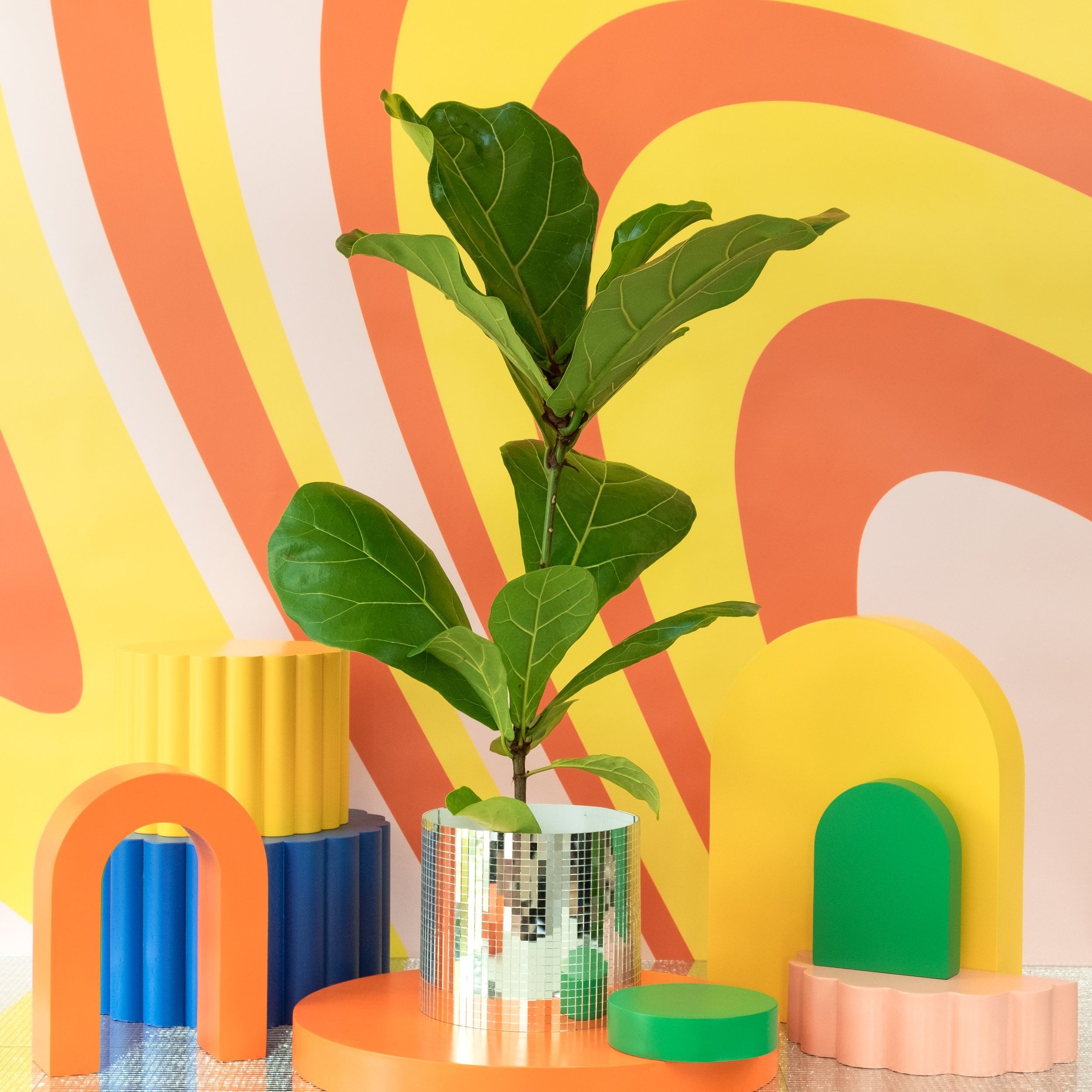Greening the Home Through Time.
In the ever-evolving landscape of home decor and interior styling, one enduring trend has taken root in the hearts of Britons for over a century – the love affair with houseplants and indoor greenery. The verdant companions that grace our living spaces have a rich history in the United Kingdom, mirroring shifts in design aesthetics, societal norms and even our environmental consciousness.
The Victorian Fern Craze.
The 19th century saw the emergence of a botanical obsession that swept through Victorian drawing rooms – the fern craze! With an insatiable appetite for the exotic, the upper class eagerly sought out ferns from far-flung corners of the globe. This botanical curiosity not only adorned homes but also sparked a fervor for horticultural societies and the cultivation of diverse fern species.
As the railway system expanded, transporting these delicate specimens became more feasible, fueling a boom in the popularity of ferns. The delicate fronds and intricate patterns of these plants became emblematic of refinement and sophistication in Victorian homes which can still be seen today with ferns still being amongt the most popular houseplants!
Mid-Century Modern and the Fiddle Leaf Fig: A Return to Nature in Design
Fast forward to the mid-20th century, an era defined by clean lines, organic shapes, and a quest for simplicity in design – the heyday of mid-century modern. The Fiddle Leaf Fig emerged as an iconic plant, its large, glossy leaves adding a touch of nature to the sleek interiors of the time. The resurgence of the Fiddle Leaf Fig in more recent years can be traced back to the roots planted in this iconic design-centric period.
This era marked a departure from the ornate, heavily decorated homes of the past, embracing a more minimalist approach where houseplants played a pivotal role in bringing the outdoors inside. The Fiddle Leaf Fig, with its bold foliage, became a symbol of the harmony between modern aesthetics and the natural world.
Spider Plant Mania: Nostalgia in Green
As the 1970s dawned, a new player entered the scene – the Spider plant! Known for its resilience, air-purifying qualities, and easy propagation, the Spider plant (Chlorophytum) quickly became a household favourite. Hanging in macramé hangers in living rooms across the country, it epitomised the quirky and carefree spirit of the era.
The Spider plant’s popularity has endured, creating a sense of nostalgia for those who fondly recall its cascading leaves gracing the homes of their youth. Today, it remains a staple, appreciated not only for its aesthetic appeal but also for its ability to thrive with minimal care and being able to share its offspring with friends and family.
Online Plant Shopping Revolution: The Digital Green Marketplace
In the 21st century, the way we acquire houseplants has undergone a paradigm shift. The rise of online shopping has revolutionized the plant-buying experience and this transformation is reflected in the top online searches by both plant enthusiasts and novices. “Buy houseplants online,” “best online plant shops,” and “rare indoor plants for sale” are indicative of a growing trend of individuals turning to e-commerce platforms to curate their indoor jungles.
The convenience of browsing and purchasing plants from the comfort of one’s home has democratised the plant enthusiast community, allowing access to a diverse range of species, including the ‘rare’ and exotic. Online retailers not only serve as marketplaces but also as valuable resources for plant care tips and community building.
Sustainable Gardening and Native Species: A Green Shift in Values
In an era marked by heightened environmental awareness, searches for sustainable gardening practices and native plant species have gained significant traction. As consumers become more mindful of their ecological footprint, there is a growing interest in cultivating houseplants that align with local ecosystems.
The desire to adopt eco-friendly practices extends beyond aesthetics to a sense of environmental responsibility. Britons are increasingly seeking information on how to care for houseplants in a way that minimises their impact on the planet. This shift reflects a broader societal trend towards sustainability and a commitment to fostering harmony between the domestic and the natural world.
The history of houseplants in the U.K. is a tapestry woven with threads of botanical fascination, design evolution, and environmental consciousness. From the Victorian fern craze to the mid-century modern Fiddle Leaf Fig, and the enduring popularity of the Spider plant, each era has left its green imprint on the nation’s homes. As we navigate the digital age with online plant shopping and embrace sustainable gardening practices, the houseplant journey in the U.K. continues to evolve, weaving a story that connects us to nature and reflects the changing tides of design, lifestyle, and environmental stewardship. So, let’s continue to nurture our indoor jungles, cultivating a greener and more sustainable future within the walls of our homes.





